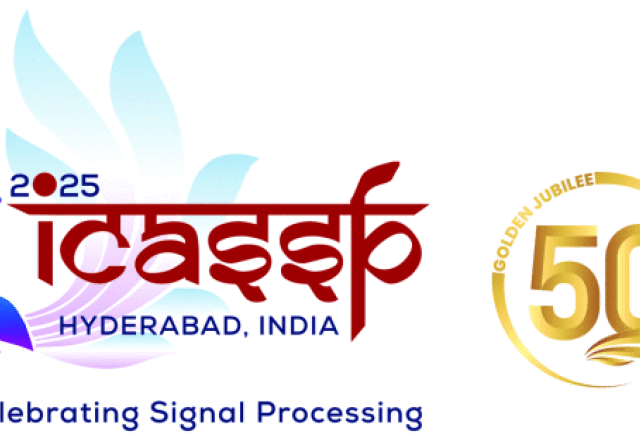Quadratic Transform for Fractional Programming in Signal Processing and Machine Learning: A unified approach for solving optimization problems involving ratios
Fractional programming (FP) is a branch of mathematical optimization that deals with the optimization of ratios. It is an invaluable tool for signal processing and machine learning, because many key metrics in these fields are fractionally structured, e.g., the signal-to-interference-plus-noise ratio (SINR) in wireless communications, the Cramér-Rao bound (CRB) in radar sensing, the normalized cut in graph clustering, and the margin in support vector machine (SVM).









